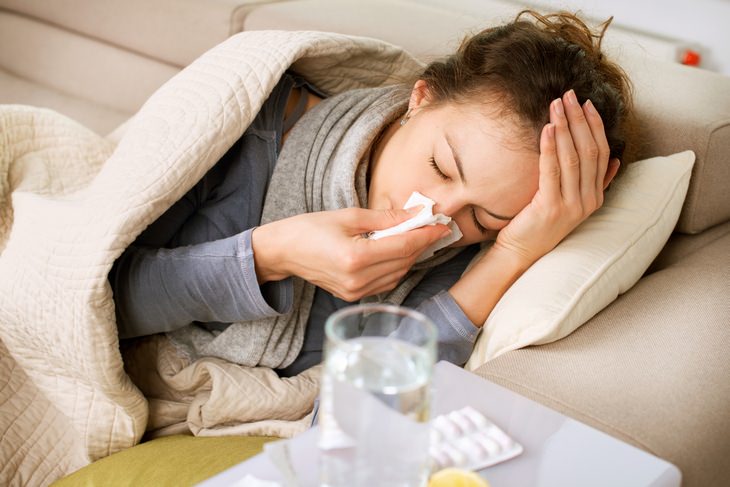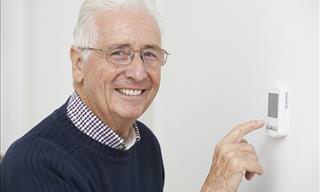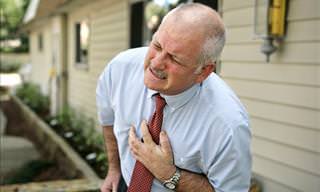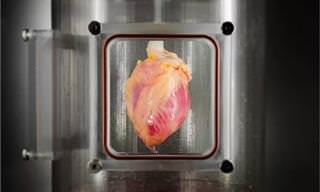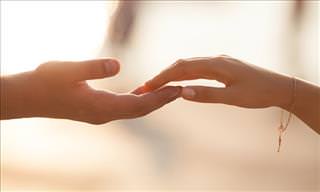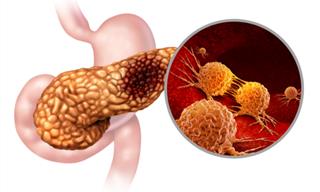What does a sick person look like? Could you recognize one if you saw them on the street? These queries feel more pertinent than ever in light of the coronavirus outbreak, but also in general. A fascinating recent study published in the biological research journal 'Proceedings of the Royal Society B' tried to provide the answers.
How Was the Research Conducted?
The researchers started out by taking face photos of 16 healthy people. Later on, those same people were injected with a shot of lipopolysaccharide, a harmless molecule found on many pathogenic bacteria, which releases a response from the immune system. Within only 2 hours, the participants’ faces developed visual symptoms of “sickness”. Another round of photos was taken. Both times, the subjects wore a plain white t-shirt and looked straight into the camera with a neutral expression.
The pictures were shown to 2 groups of 60 people. The first group was asked to rate simply if each person in the photo looked sick or healthy. The second group was asked to rate how tired or alert each person looked on a scale of 1 to 7.
The researchers point out that the features that revealed people as sick to the observers were mainly:
- Paleness of the skin and lips
- Hanging eyelids
- Swollen face
- Droopier corners of the mouth
- Patchy skin.
How Accurate Is the Research?

It is important to note that the study has a few limitations. The observers were not allowed to look at the photos for longer than 5 seconds, and the study didn’t look at the visual symptoms ad sickness past a few hours’ time. Another setback is that the age, ethnicity, and backgrounds of the participants were not diverse enough for the findings to be generalizable, as most of those who took part were Caucasian young adults.
Out of 1,215 photos that were categorized by observers as ‘sick’, 440 were actually healthy.
So can superficial characteristics we instinctively connect with sickness really be trusted? John Axelsson, one of the lead researchers in the study says that despite those limitations, the overall conclusion is that untrained people are able to recognize sickness in other individuals above chance level. According to him, the information that was collected could be of use in the future – for example, in improving the technology used to monitor how sickness spreads across populations or in diagnosing patients.
There is still a lot to be learned and expanded on the topic – for example, is detecting sickness something that we know genetically or something that is learned? Undoubtedly, more research needs to be done before we can have a clear cut resolution on this interesting topic.
 Go to BabaMail
Go to BabaMail


